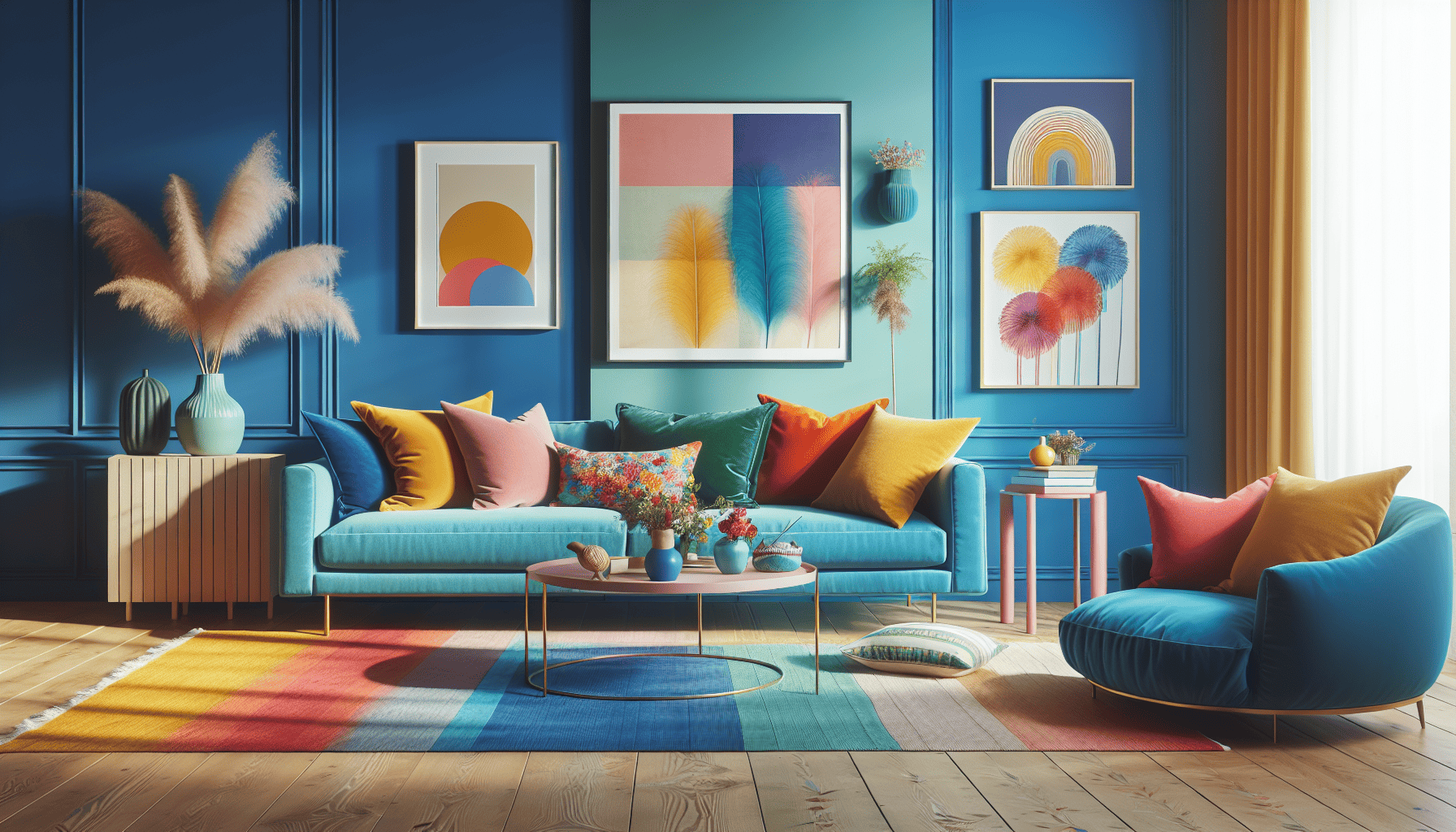Color plays a crucial role in shaping the mood and atmosphere of your home. By understanding color psychology, you can select a palette that not only enhances the aesthetic appeal of your living space but also positively influences the emotions and behaviors of its occupants. Here's a guide to help you choose the right colors for your home.
Understanding Color Psychology
Colors are more than just a visual experience; they can influence our emotions, perceptions, and even physical well-being. Each color can evoke different feelings and associations, making it essential to choose the right shades for each room in your home.
-
Warm Colors:
- Red: Often associated with energy and passion, red can stimulate the senses and increase appetite, making it an excellent choice for dining rooms or kitchens. However, it's best used in moderation due to its intensity.
- Orange: A vibrant and welcoming color, orange can create a sense of warmth and enthusiasm. It's perfect for social areas like living rooms, where it can encourage conversation and interaction.
- Yellow: Symbolizing happiness and optimism, yellow can brighten up spaces and create a cheerful atmosphere. It's ideal for kitchens, entryways, and small spaces that need a burst of light.
-
Cool Colors:
- Blue: Known for its calming and serene effects, blue is great for bedrooms and bathrooms. It can lower heart rates and create a sense of tranquility, making it perfect for promoting relaxation.
- Green: Representing nature and balance, green is a versatile color that works well in almost any room. It can bring a refreshing and calming vibe, making it particularly suitable for bedrooms and home offices.
- Purple: Often linked with luxury and creativity, purple adds a touch of sophistication and depth. Light shades like lavender can be soothing, while darker hues such as plum can create a dramatic statement in dining rooms or living areas.
-
Neutral Colors:
- White: A symbol of purity and simplicity, white can make spaces appear larger and more open. It's an excellent choice for creating a clean and minimalist environment but can be softened with accents of color to avoid a sterile look.
- Gray: Serving as a modern and elegant backdrop, gray can enhance the sophistication of a room. It pairs well with both bold and subdued colors, offering versatility for various interior styles.
- Beige: With its warm undertones, beige can create a cozy and inviting atmosphere. It works well in living rooms and bedrooms, providing a neutral palette that allows other colors to shine.
Tips for Choosing the Right Palette
- Consider the Function of the Room: Think about the purpose of the room and the kind of mood you want to create. For instance, if you want your bedroom to be a sanctuary for relaxation, cooler tones like blues or soft greens might be beneficial.
- Natural Light: Assess how much natural light the room receives. Bright and sunny rooms can handle cooler, darker colors, while rooms with less light might benefit from warm, lighter tones.
- Cohesion and Flow: Ensure that the colors in different rooms complement each other, creating a seamless flow throughout your home. You can achieve this by selecting a base neutral color and adding accents through furniture, art, or accessories.
- Test Before Committing: Before painting, use sample pots to test colors on your walls. Observe how they change in different lighting conditions and at various times of the day.
Incorporating color psychology in your home interior design can significantly impact your living environment. By mindfully choosing colors that resonate with the desired atmosphere and function of each room, you can enhance both the beauty and comfort of your space.
